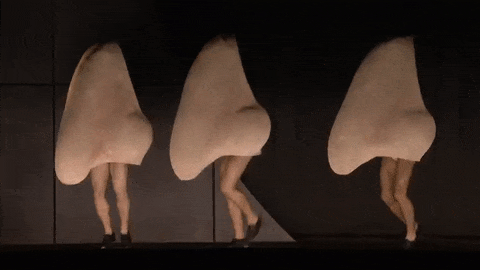In 2020, high-end French fashion brand Lanvin caused a stir after releasing $590 t-shirts that smelled of cherry, blackberry, or strawberry (though, the scent reportedly vanishes after one wash).
Besides children’s books and perfume strips in magazines, scratch and sniff technology has stayed mainly on the margins. But its use underlies just how powerful scent can be, with a unique ability to form immediate emotional connections and reactions, triggering distinct moments from childhood and playing an influential role in the background of our everyday lives—dictating how productive we are in the office, how willing we are to buy something at a store, or how comfortable we are at an airport.
Let’s take a whiff.
Scratch and sniff may conjure up cute memories of childhood stickers, but it’s a gimmick that works on all ages. This list of uses of the technology just scratches the surface:
Stickers: One of the most common forms for scratch and sniff products. In 1977, Creative Teaching Press began producing scratch and sniff stickers, which hit their peak in the 1970s and 1980s.
Health: While it’s still difficult to accurately detect memory loss, the scratch and sniff test may be able to help predict the risk of memory decline. The sense of smell is one of the first things to change as Alzheimer’s takes root.
Public art: In 2016, art student Angela Kim placed posters with different scented tabs in New York subway stations, already an olfactory bonanza, to “make your ride more pleasant.”
Stamps: In 2018, the US Postal Service released its first scratch and sniff stamps that feature, and evoke, frozen summer treats.
Wallpaper: Cherry-scented paper lets adventurous folks pretend they’re in Willy Wonka’s factory (just don’t lick the walls).
Books: This board book by a master sommelier will help wine newbies become experts without visiting a tasting room—perfect for pandemic times.
Marketing: Katy Perry’s album Teenage Dream released the scent of cotton candy when scratched. Video games Gran Turismo 2, which reportedly smelled like rubber, and FIFA 2001 were sold on scratch and sniff discs.
Misguided products: Oakland, California-based company DigiScents created a scent cartridge called iSmell, which connected to a computer or video game console and emitted specific scents at opportune times, like, say, when the user was browsing Chanel’s website. It was one of PC World’s 25 Worst Tech Products of All Time in 2006.













